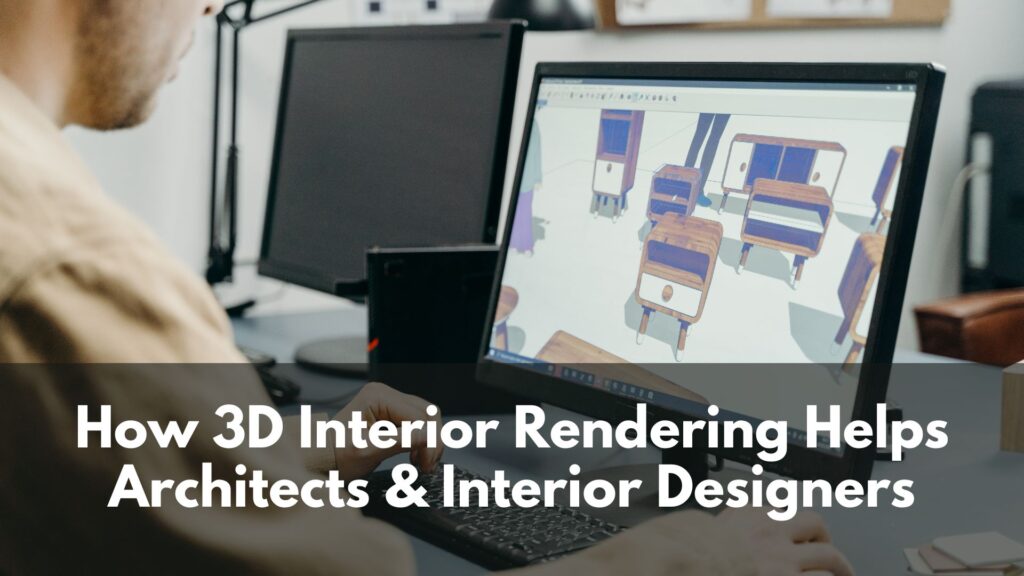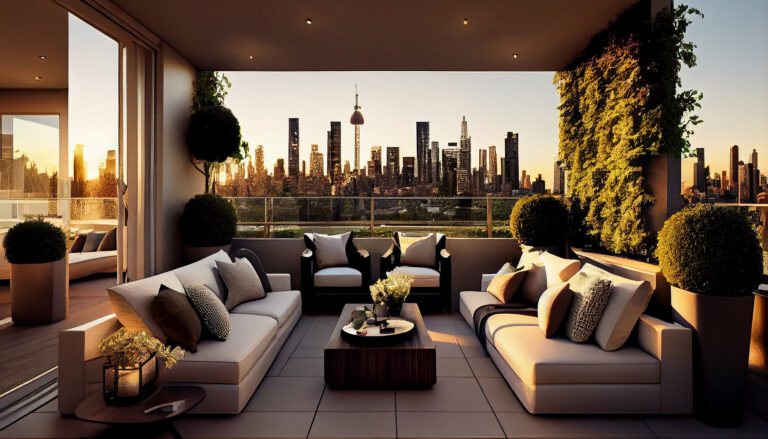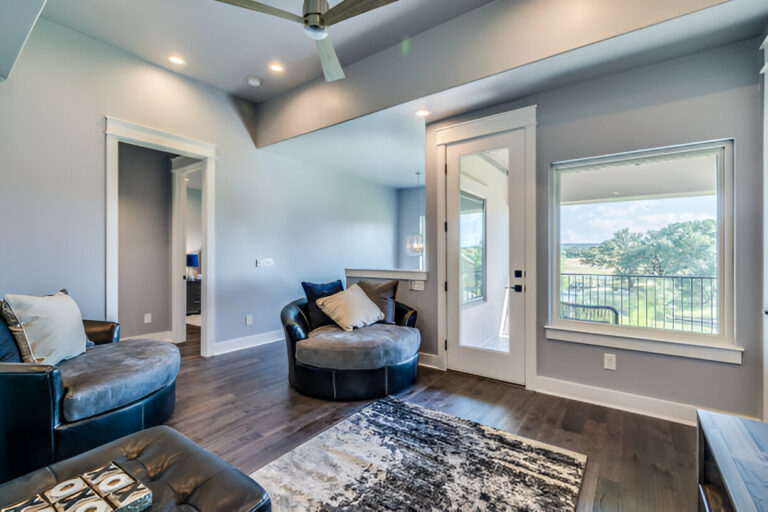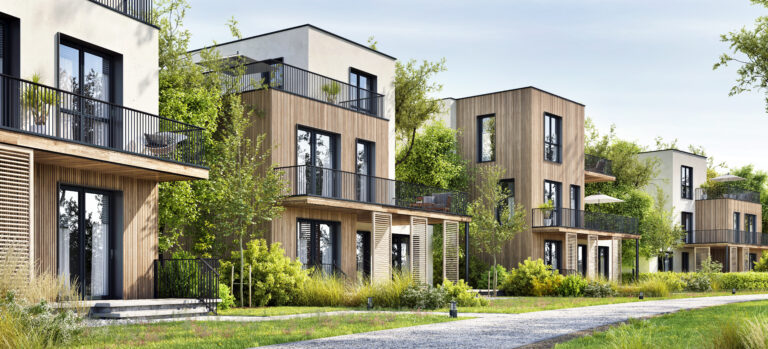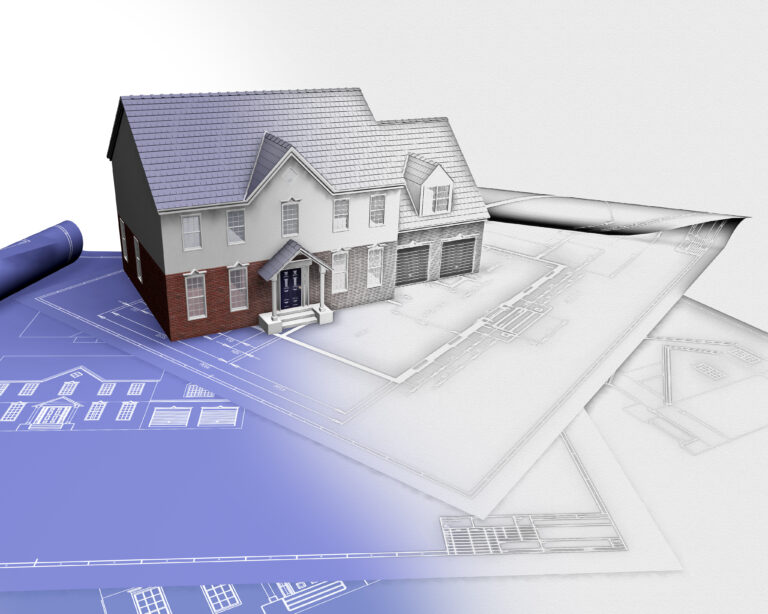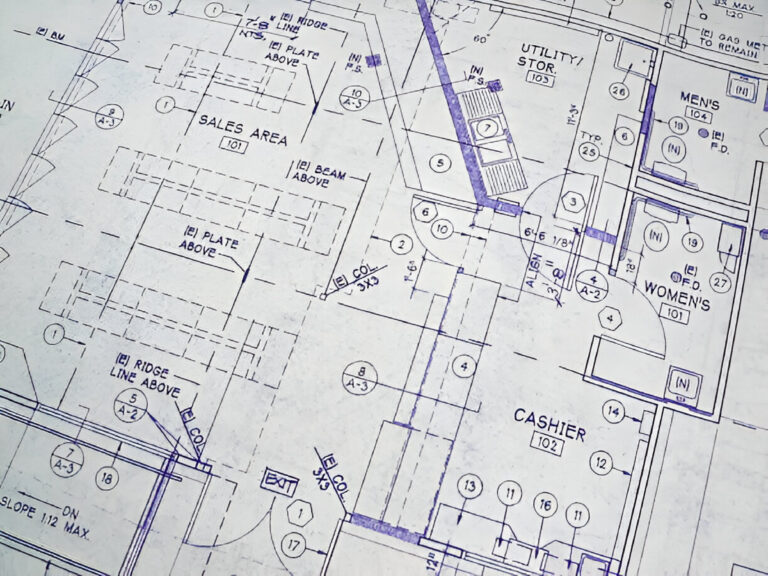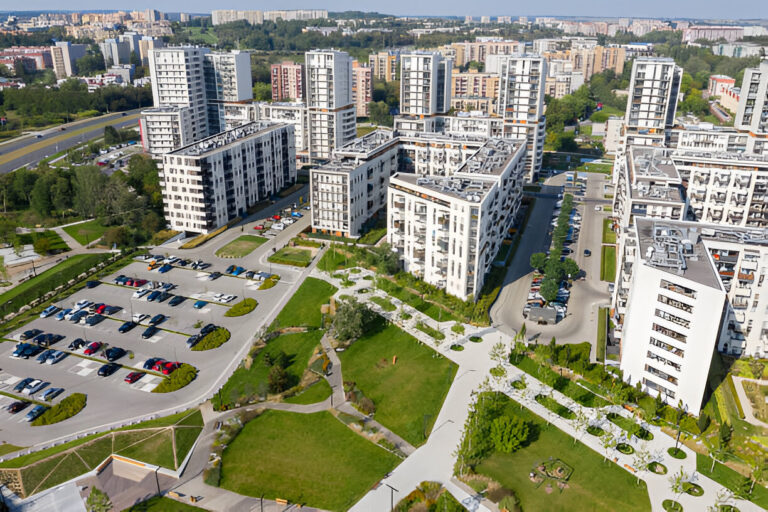What Is 3D Interior Rendering?
A 3D interior rendering also referred to as interior rendering or 3D design rendering, is a cutting-edge digital tool that produces an image that enables interior designers to present their project idea to clients in a way that gives them an immersive experience that is only surpassed by a real-life walk-through of an actual space.
3D interior renderings allow the interior designer or architect to represent their idea realistically and provide significantly greater detail about the project than can be accomplished using 2D floor plans or hand sketches. 3D-rendered images of the project help interior designers visualize various aspects of the project to the client, including color schemes, textures, design components, furniture, and fittings.

How 3D Rendering Helps Interior Designers and Architects
Put simply, a 3D render allows clients to see the expected outcome before the start of the construction project. 3D rendering is the final step in the interior visualization process and can increase the chances of the client signing off on the commencement of the project quickly. Now that we understand the crucial role that 3D rendering plays in achieving client approval let us delve deeper into how interior designers and architects can use 3D designs to their advantage.
1. 3D Designs And 3D Renderings Help Improve Communication
When clients hire designers and architects for an interior design project, the client has their vision of what the final project should look like. The architect or interior designer may also have their vision of what the outcome should look like, causing conflict.
3D rendered images help merge the client’s and interior designer’s visions by effectively translating all the details into concrete design ideas. The result is that both parties can easily understand each other and sync what the outcome should look like, avoiding misunderstanding.
3D rendered images are also easier to read compared to 2D floor plans meaning that clients can express their ideas more effectively, increasing their confidence and trust in the outcome. Once customers know what to expect and trust that their vision is properly captured, they are more likely to approve the interior design project immediately. If you’re an Interior Designer enthusiast and looking to network with other like minded professionals in the interior designing industry then please explore our article on top 10 interior design events you should attend in the UK in 2023.

2. 3D Rendering Helps Accurately Visualize The Entire Project
Architects, interior designers, and contractors use 2D floor plans and technical sketches to understand what the work entails and how the outcome should look. However, for most interior design projects, clients are not knowledgeable professionals who can use high-level construction drawings to visualize the final project outcome.
As a rule, architects and interior designers should not expect clients to have a clear visualization based on floor plans and other 2D drawings. Clients may sometimes try to explain what they need verbally but cannot achieve the same clarity provided by 3D architectural rendering. Although it may be unspoken, a client engaging an interior designer or architect has great expectations about innovative design ideas and if you’re looking to take your interior designing to next level check out our blog on Latest Trends In Interior Design & Architecture In 2023
3D-rendered images provide a tool to package innovative ideas into concrete conceptual design documents allowing the client to see the project from every angle. That allows the client to see the big picture and get immersed in the potential of each room of the house, including the layout, decoration, and exterior views. Once the client has had a visual walk-through of their potential home, it is easy to understand whether their dream and vision have been captured correctly. If not, the client can easily indicate areas of improvement, helping architects and interior designers satisfy the clients fully.

3. 3D Visuals Helps Architects and Interior Designers Work With Customizable Designs
One key benefit of using 3D design for architects and interior designers for any interior design project is that it provides a tool for customizing design ideas. Once the 2D floor plans are approved, 3D rendered images help create multiple interior design concepts, including the house design, furniture, finishing, textures, and design components. That allows users to have several options they can choose from, thereby improving your chances of being hired.
Multiple design concepts also mean it is possible to work with the client’s idea and incorporate proposals that improve the overall project outcome. With 3D rendering, an interior designer can move from simply showing the client how the project will look and include improvements that make a sensational impact on the project itself. If you’re an enthusiast Architect please explore our article on top 7 events in the UK for Architects to attend in 2023.
3D architectural rendered designs allow interior designers and architects to make off-the-fly changes based on clients’ continuously changing needs. For instance, the client can change the countertops to eco-friendly ones instead of using cost-effective materials. 3D renders images allow the interior designer to reproduce how the new changes will appear and how they fit in the larger design scheme.
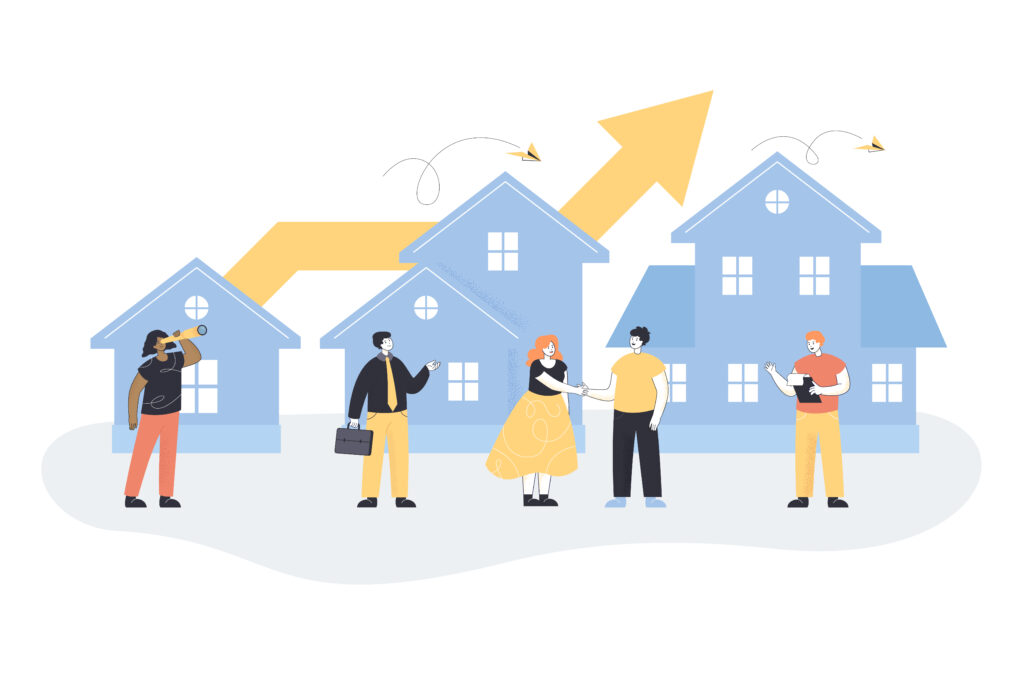
4. 3D Rendered Interior Design Produce the Wow Effect for Upselling Projects
Real estate development is time-consuming. Therefore if the client can be impressed immediately seeing the outcome, the interior designers and architects should take it. 3D-rendered images provide a photorealistic recreation of the expected final project that is likely to have a significant on the client. They allow the interior designer to produce a stunning final product by using design expertise to focus on focal areas that captivate the client.
Expertly done 3D rendering of sunset views or interior views of the house can evoke an emotional connection with the client by producing the wow effect. With 3D designs, such details are easily added, allowing users to see a new perspective and character in the final project that cannot be highlighted using other architectural drawings.
3D visuals also help them comprehend the total concept of your artwork as an interior designer helping create a nostalgic experience likely to make the client agree to hire you. For instance, the complete interior 3D renderings of the dining room or living room, with the varying artificial lighting and furniture, can help convince the client by creating an emotional connection with your design. One thing for sure is that an impressed client is more likely to buy your designs or hire you. Therefore any interior designer or architect must aim to create that wow effect on the first meeting with the client.
Let Us Wrap It Up
3D rendering technique solves most dilemmas for interior designers and architects. It gives them a straightforward way to present design ideas and concepts to clients. 3D visualizations allow the client to experience the expected complete project and evaluate whether their ideas are captured appropriately. They also help to increase workflow efficiency and reduce the scope of misunderstandings and feedback loops, resulting in cost and time savings. Overall, 3D Architectural Visualisation is an indispensable tool for architects and interior designers to promote and sell their property and design services.
Looking for 3D Interior Renderings with Detailed Textures and Materials?
Frequently Asked Questions
What are 3D renderings?
3D renderings are digital visualizations that use computer software to create realistic images of architectural and interior design concepts.
How do 3D renderings benefit architects and interior designers?
3D renderings help architects and designers to visually communicate their ideas to clients, understand spatial relationships, and make informed design decisions.
How do 3D renderings improve client communication?
3D renderings allow clients to better grasp the proposed designs, reducing misunderstandings and enabling more effective collaboration throughout the project.
Can 3D renderings save time during the design process?
Yes, 3D renderings streamline the design process by providing quicker visualization of concepts, minimizing the need for physical prototypes, and accelerating decision-making.
Are 3D renderings cost-effective for architects and designers?
Yes, while initial investments in software and resources might be required, 3D renderings ultimately save costs by preventing design errors and modifications later in the project.
What impact do 3D renderings have on marketing architectural projects?
3D renderings enhance marketing efforts by creating compelling visual materials that attract potential clients and investors, leading to increased project opportunities.
Alex Smith is a content writer at RealRender3D, writing informative articles on 3D rendering, interior design, architecture, and related topics.
With over 15 years of experience at top UK architecture and interior design firms, Alex leverages his expertise to write engaging content educating readers on AEC industry trends and best practices.
Connect with Alex at alex@realrender3d.co.uk.
